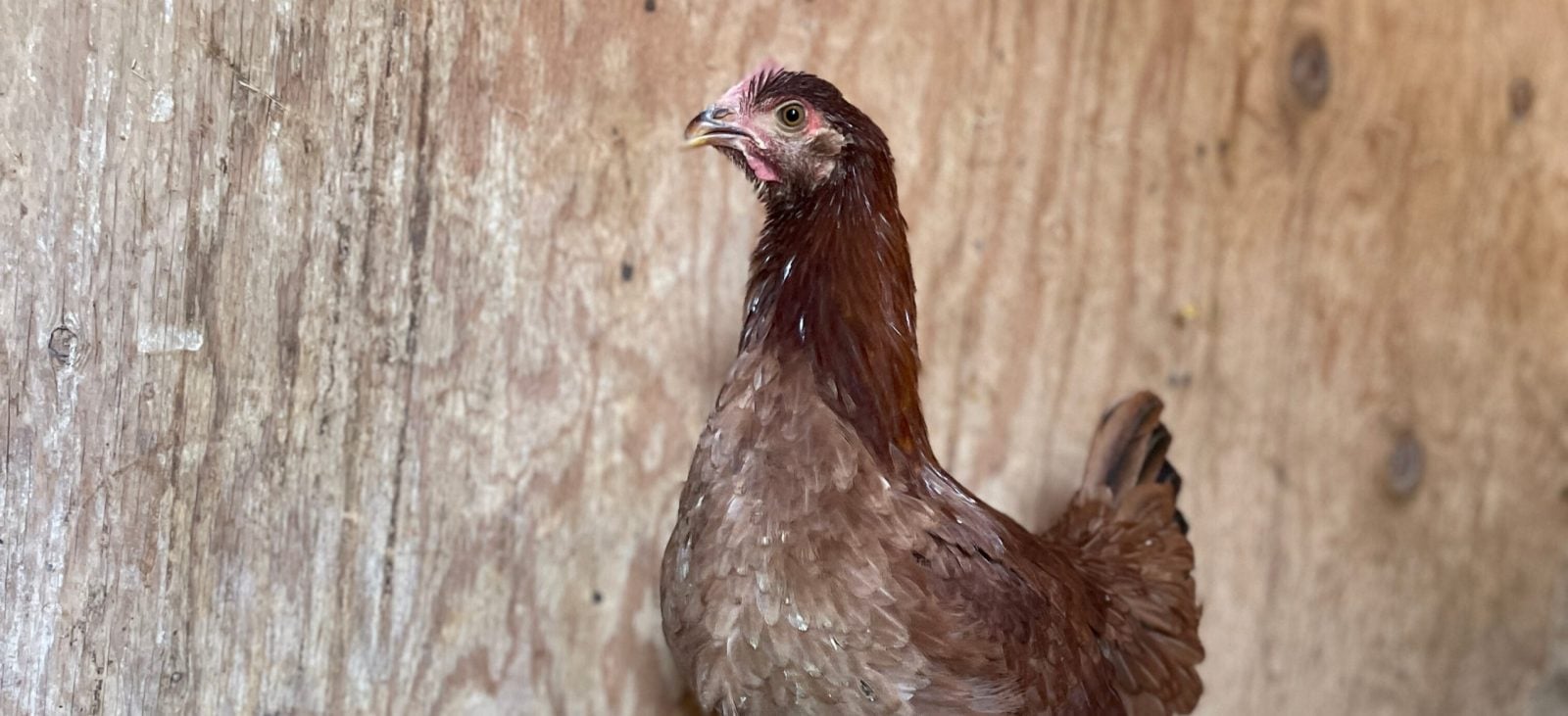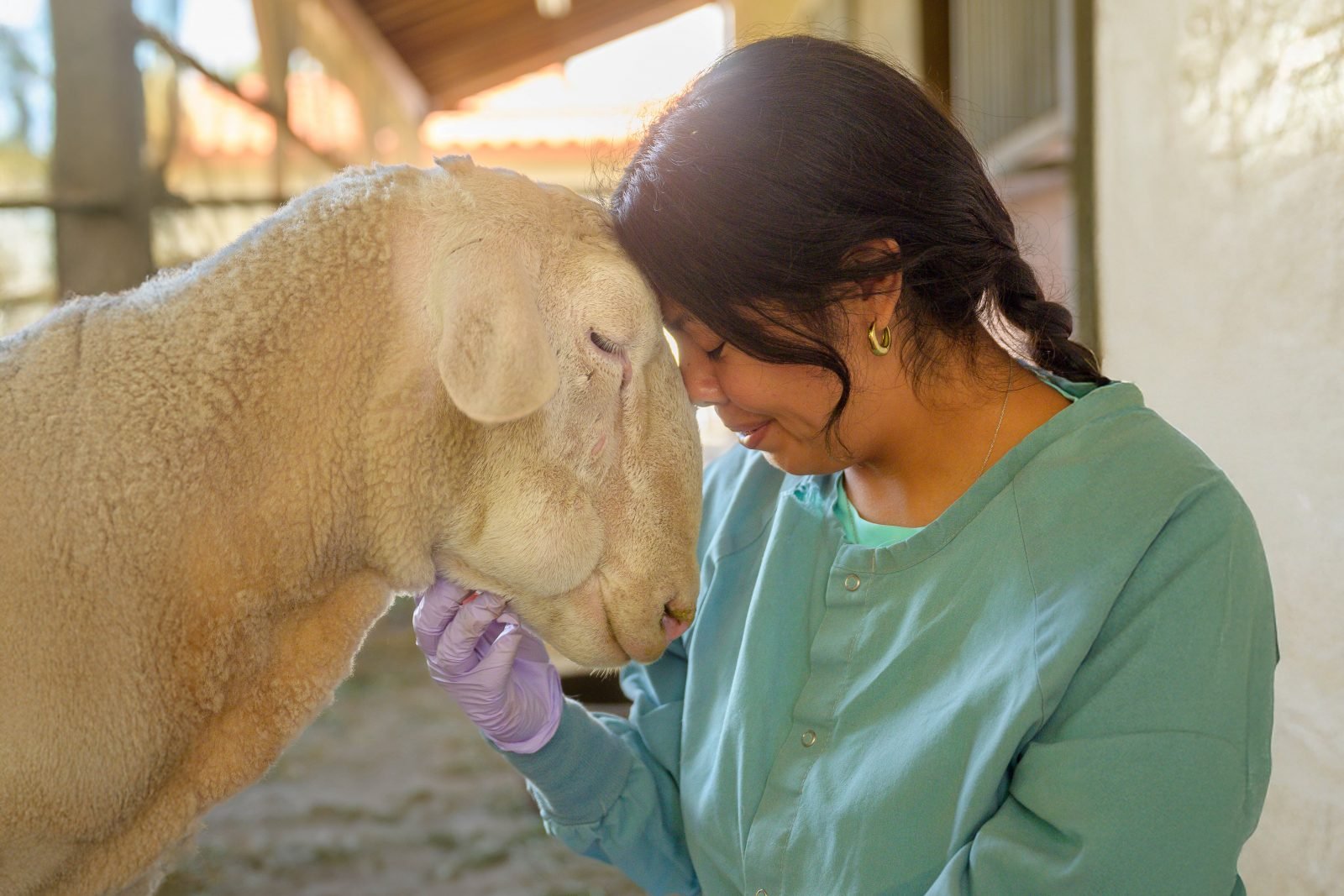In nature (and at Sanctuary), chickens love to explore the outdoors—from sifting through dirt for tasty bugs, to fanning their feathers out in the sun.
Despite the cruelty they face in the meat industry, Cornish Crosses are an affectionate and social breed. They’re among the most likely to climb in our laps, follow us during chores, and peck curiously at our fingers and clothes for a hidden treat or to request our attention.
And despite people famously thinking that chickens are dumb, that couldn’t be further from the truth (nor does it excuse cruelty against them). In fact, far from their “bird brain” reputations, chickens are sentient, intelligent beings. They communicate with at least 24 unique distinct vocalizations. They know their friends from their rivals in the flock. And studies show they experience empathy and a wide range of emotions, and have unique and engaging personalities.
These lucky 17 now get the chance to just … be themselves. And for the rest of their lives, they remain on safe ground. Welcome home Peaches, Killer Queen, Bowser, Poison Ivy, Honeydew, Juniper, Tia, Tamera, Yoshi, Juniper, Cannoli, Sprinkles, Baklava, Mrs. Peacock, Toto, Strudel, and Auntie Em!













